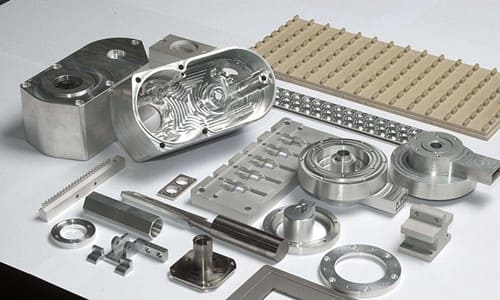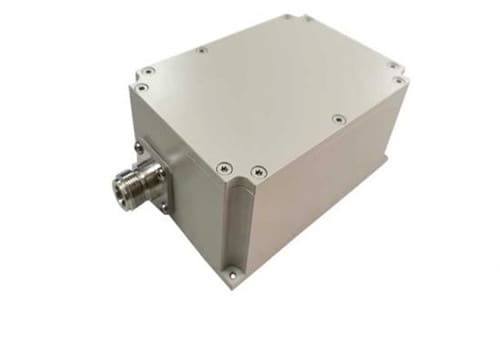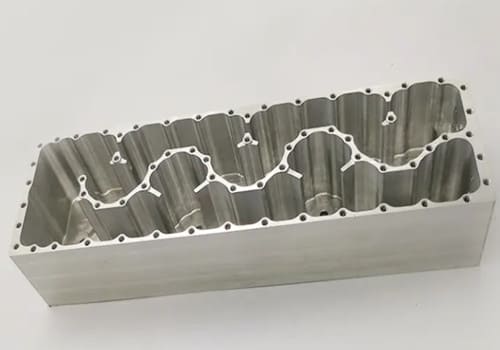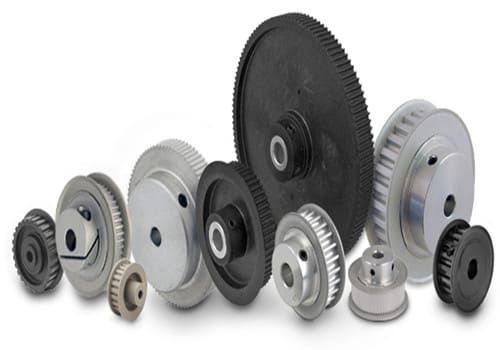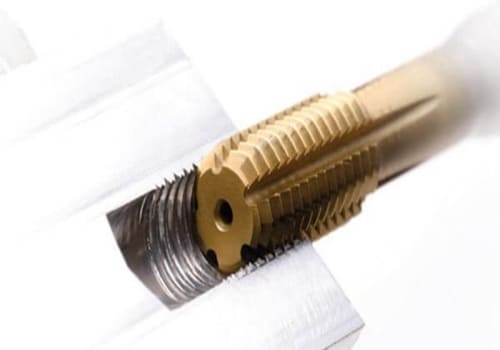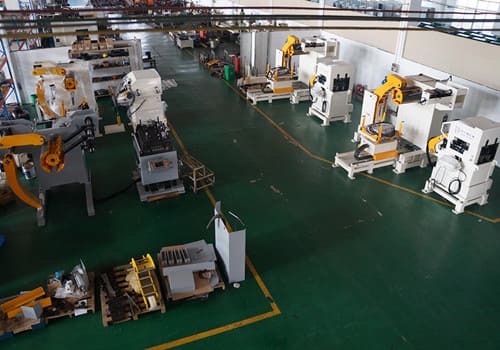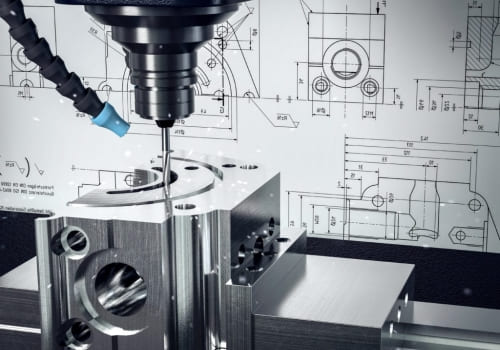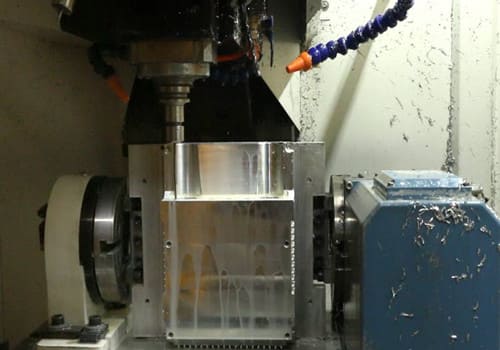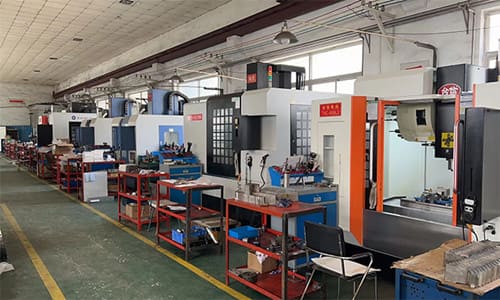There are many reasons for the deformation of aluminum parts, which are related to the material, part shape, and production conditions. There are mainly the following aspects: deformation caused by internal stress in blank, deformation caused by cutting force and cutting heat, and deformation caused by clamping force.
Here are some technological measures to reduce aluminum processing deformation.
1. Reduce the internal stress of the blank
Natural or artificial aging and vibration treatment can partially eliminate the internal stress of the blank. Pre-processing is also an effective process method. For bulky blanks, the deformation after processing is large due to the large margin. If the surplus part of the blank is pre-processed and the margin of each part is reduced, not only the processing deformation of the subsequent process can be reduced, but also the internal stress can be released after the pre-processing is placed for a period of time.
2. Improve the cutting ability of the tool
The material and geometric parameters of the tool have an important influence on the cutting force and cutting heat. Correct selection of the tool is very important to reduce the deformation of the part.
A. Reasonable selection of tool geometry parameters.
a. Front angle: Under the condition of maintaining the strength of the cutting edge, choose a larger front angle. On the one hand, it can sharpen the sharp edge, and on the other hand, it can reduce the cutting deformation and smooth the chip removal, thus reducing the cutting force and cutting temperature. Never use a negative rake tool.
b. Backangle: The size of the backangle has a direct impact on the flank wear and the quality of the machined surface. Cutting thickness is an important condition for selecting the back angle. During rough milling, due to the large feed amount, heavy cutting load and large heat generation, good heat dissipation conditions of the tool are required, so the back angle should be selected smaller. During fine milling, sharp edges are required to reduce the friction between the flank and the machined surface and reduce elastic deformation. Therefore, the back angle should be larger.
c. Helix angle: In order to make the milling smooth and reduce the milling force, the helix angle should be selected as large as possible.
d. Inclination angle: Properly reducing the inclination angle can improve the heat dissipation conditions and reduce the average temperature in the processing area.
B. Improve tool structure.
a. Reduce the number of teeth of the milling cutter and increase the chip tolerance space. Due to the large plasticity of aluminum parts, the cutting deformation is large in machining, which requires a large chip space. Therefore, the bottom radius of chip tolerance groove should be larger and the number of teeth of milling cutter less.
b. Refining the teeth. The roughness value of the cutting edge of the tooth is smaller than Ra = 0.4um. Before using a newtool, you should use a fine whetstone to grind it a few times in front and back of the teeth to eliminate burrs and slight jagged lines. In this way, not only the cutting heat can be reduced, but also the cutting deformation is relatively small.
c. Strict control of tool wear standards. After the tool is worn, the workpiece surface roughness value increases, the cutting temperature increases, and the workpiece deformation increases. Therefore, in addition to the selection of tool materials with good abrasion resistance, tool wear standards should not be greater than 0.2mm, otherwise it is easy to produce chippings. When cutting, the temperature of the workpiece should generally not exceed 100 ° C to prevent deformation.
3. Improve the clamping method of the workpiece
For thin-walled aluminum workpieces with poor rigidity, the following clamping methods can be used to reduce deformation:
A. For thin-walled bushings, if a three-jaw self-centering chuck or collet is used to clamp from the radial direction, the workpiece will inevitably deform once it is loosened after processing. At this time, the method of pressing the axial end face with good rigidity should be used. Based on the positioning of the inner hole of the part, a self-made threaded mandrel is made, and insert the inner hole of the part. The end face is pressed with a cover plate and then screwed back with a nut. When processingthe outer circle, clamping deformation can be avoided, so as to obtain satisfactory processing
B. When processing thin-walled plate workpieces, it is best to choose a vacuum chuck to obtain a uniform clamping force, and then process it with a small amount of cutting, which can prevent the workpiece from deforming well.
Alternatively, a padding method can be used. In order to increase the rigidity of the thin-walled workpiece, a medium can be filled inside the workpiece to reduce the deformation of the workpiece during clamping and cutting.
4. Arrange the process reasonably
During high-speed cutting, due to large machining allowances and intermittent cutting, vibration is often generated during processing, which affect machining accuracy and surface roughness. Therefore, the numerical control high-speed cutting process can generally be divided into: roughing-semi-finishing-clearing-finishing. For parts with high accuracy requirements, it is sometimes necessary to perform secondary semi-finishing and then finishing. After roughing, the parts can be naturally cooled, eliminating the internal stress caused by roughing and reducing deformation. The remaining amount after roughing should be greater than the deformation amount, generally is 1 ~ 2mm. During finishing, the finished surface of the part must maintain a uniform machining allowance, generally 0.2-0.5mm is appropriate, make the tool is in a stable state during the machining process, can greatly reduce cutting deformation and obtain good surface processing quality, and guarantees product accuracy.

